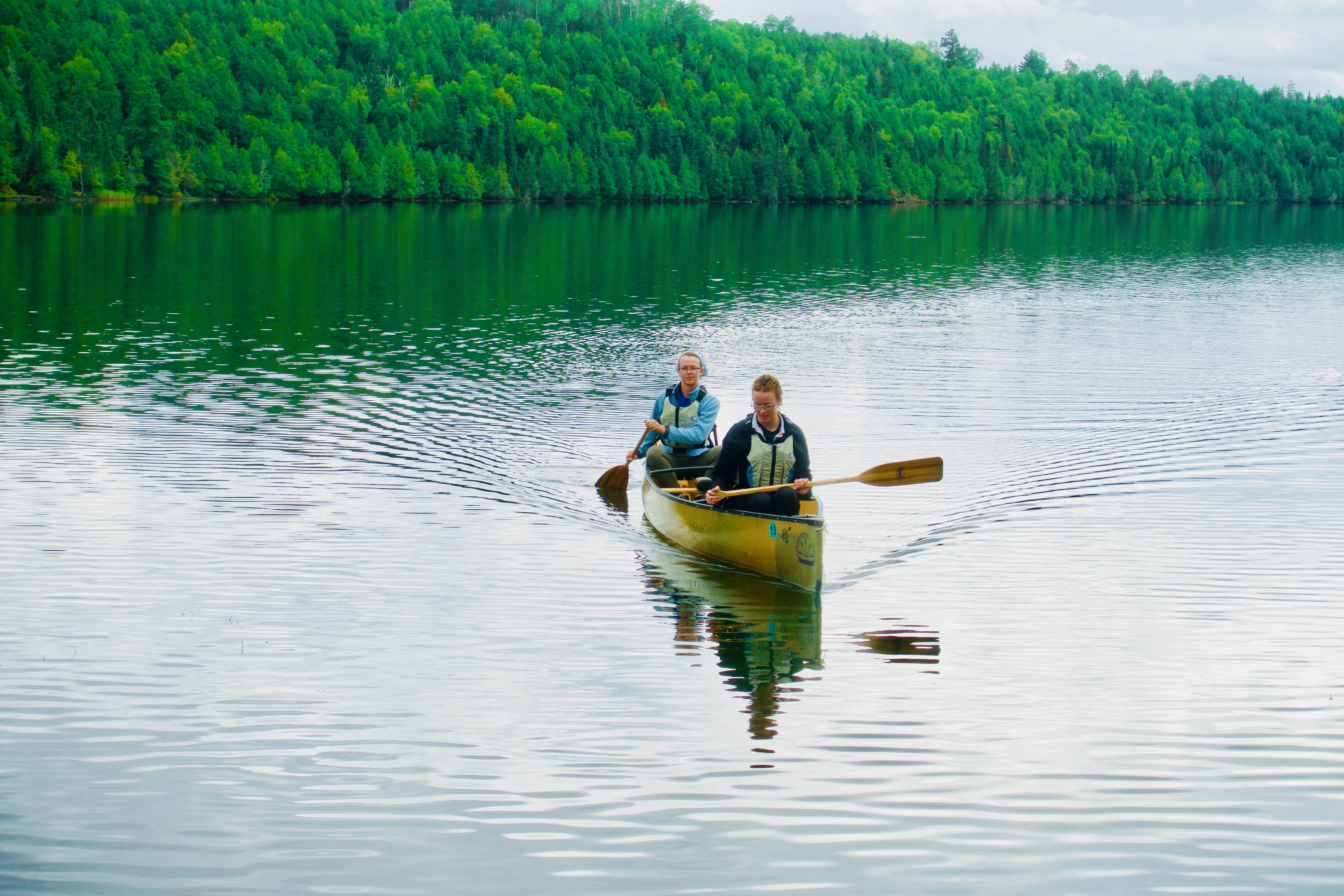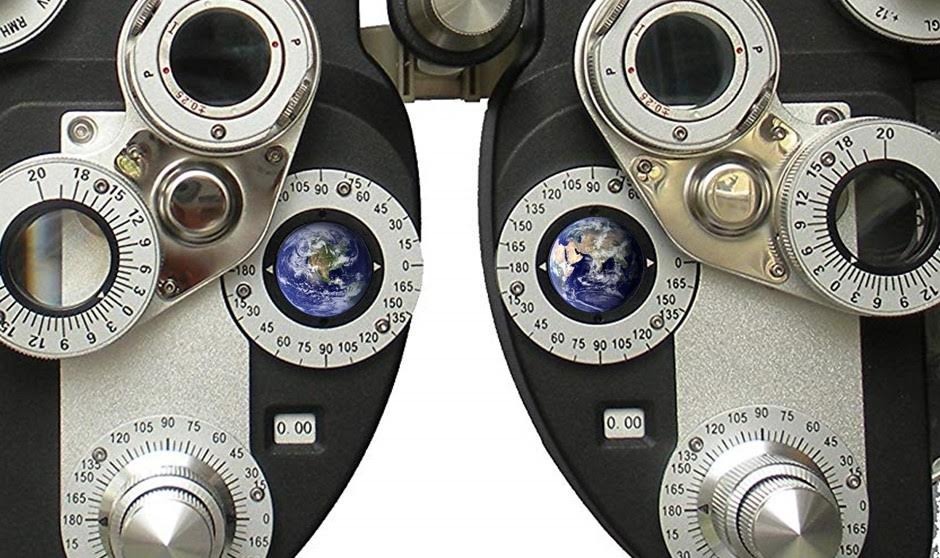Imaginings
stories, creative nonfiction, poetry, and other imaginative accounts of the natural world
-
On Canoes, Pine Trees, and Volcanoes: The Importance of Eyewitness Observation in Environmental Journalism

By: Mark Neužil There are three critical components of environmental journalism: observation, research, and description. Of the three, in my experience as a journalist and journalism teacher, eyewitness observation is the piece that is most likely undervalued and, in some cases, ignored altogether. Most journalists, by the time they get to a level in their…
-
Picturing Complexity: Environmental Photojournalism in the Twentieth Century

By: Anna-Katharina Woebse Ever since the invention of photography in the late nineteenth century, animals, plants, picturesque sites, sublime landscapes, and human interactions with the environment, have provided motifs that have captured many modifications of human-nature relations. Photography has fundamentally affected the way readers and viewers understand and learn about the dynamics and consequences of…
-
Beyond Denial and Anger: How Journalists and Scientists can Collaborate for Better Communication

By: Rosalind Margaret Donald In the early months of 1999, the UK press traded headlines for and against the use of genetically modified crops. A circulation war had escalated to ecstatic heights, peaking in February with the Daily Express’s headline “MUTANT CROPS COULD KILL YOU.” Questioned a few months after the frenzy was over, in the…
-
2020 Visions for Environmental History: Making Environmental History as Global as Possible

This is the third post in a series on “2020 Visions for Environmental History” being published jointly by NiCHE’s blog The Otter ~ La loutre and Rachel Carson Center’s blog Seeing the Woods, with posts by Lisa Mighetto, Alan MacEachern, Arielle Helmick, and Claudia Leal. The series developed alongside a session of the same name at the World Congress for Environmental History in late July.…
-
2020 Visions for Environmental History: The Trouble with Conferences (Part 1)

This is the first post in a series on “2020 Visions for Environmental History” being published jointly by NiCHE’s blog The Otter ~ La loutre and Rachel Carson Center’s blog Seeing the Woods, with posts by Lisa Mighetto, Alan MacEachern, Arielle Helmick, and Claudia Leal. The series is intended to promote discussion at a session of the same name at the World Congress…
-
LUNCHTIME COLLOQUIA, WINTER SEMESTER 2017/2018

Climate politics, posthumanism, planetary health, ecofeminism, and much more during the 2017/2018 winter semester at the Rachel Carson Center. Would you like to keep up to date with our latest Lunchtime Colloquia? Then follow us by subscribing to our Rachel Carson Center Youtube Channel for new (and old) discussions! 12 October 2017: Christopher Cokinos on “Atlas of…
-
Ecopolis München: Ecopolis Night
“A Student Exhibition on Munich’s Environmental Histories” All photographs courtesy of Florin Prună. In late July, students of the RCC’s Environmental Studies Certificate Program organized Ecopolis München: Umweltgeschichten einer Stadt. This interactive multimedia exhibition showcased Munich’s environmental histories through the students’ final projects, and was curated by doctoral candidate Sasha Gora, research assistant Raphaela Holzer, and…
-
CfA: Doctoral Program Environment and Society
Call for Candidates: Doctoral Program in Environment and Society at LMU Munich, Germany The Doctoral Program in Environment and Society invites applications from graduates in the humanities, social sciences, and natural sciences who wish to research the complex relationships between environment and society within an interdisciplinary setting. Our program is based at the Rachel Carson Center for Environment and…
-
Schneefernerhaus: The 15th Anniversary of the Environmental Research Station at Zugspitze
By Sibylle Zavala, RCC Environmental Studies Certificate Program candidate. Built into the rocks of the Zugspitze´s southern slope, 2,650 meters above sea level, is Germany’s highest research station. The Environmental Research Station Schneefernerhaus (in German “Umweltforschungsstation Schneefernerhaus, UFS”) acquired its name from the nearby glacier and comprises research station, observatory, and communication facility.
